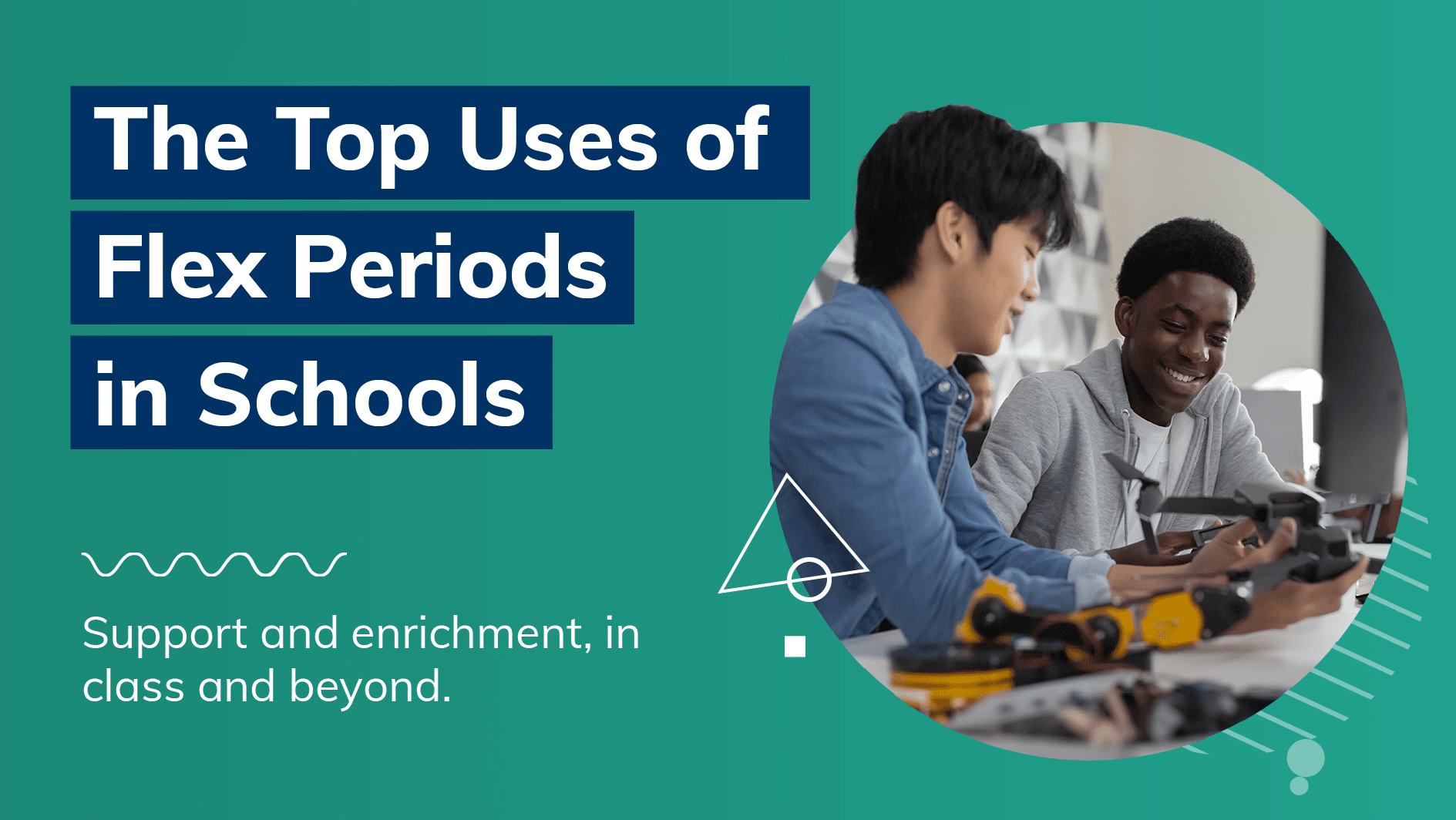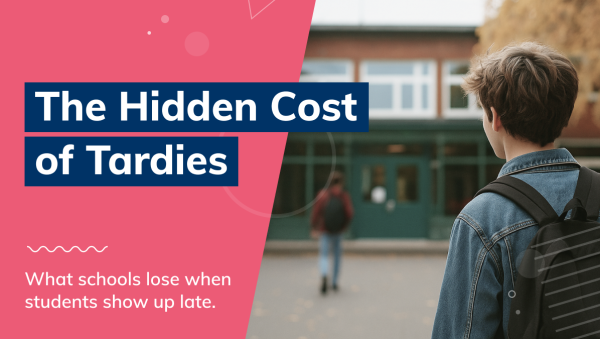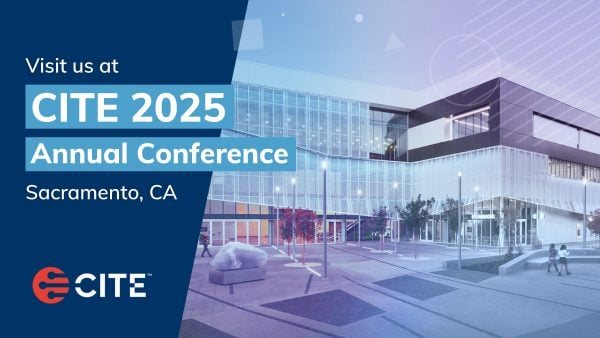Flex periods are transforming the school day by providing students with the space to receive personalized support, engage in meaningful enrichment activities, and prepare for life beyond the classroom. In today’s educational landscape, flex periods serve as a powerful tool to address a wide range of student needs, from academic catch-up to social-emotional learning, and everything in between. This flexible time is designed to meet students where they are, helping them to succeed both academically and personally.
What Schools Call Their Flex Periods
Across schools, flex periods go by many names, each reflecting slight nuances in their meaning or emphasis. Regardless of the terminology, the core objective remains the same: to provide students with dedicated time during the school day to address their individual needs.. Here are some of the names schools use for these essential time blocks
- Enrichment Period/Block
- Flex Period/Block
- FlexTime
- W.I.N. (What I Need) Time
- Resource Period
- Advisory Period
- Mascot Time (e.g., Raptor Time)
- Focused Learning Time
- Intervention Period
- Power Hour
- Activity Period
- Student Support Time
- Office Hours
- Tutorial Period
- + More
Top Uses of Flex Periods
1. Student Empowerment
Giving students the opportunity to take control of their own learning journey helps foster independence, self-regulation, and a deeper connection to their education. This empowerment equips students with the skills needed to thrive both academically and personally.
- Student Choice & Autonomy: Flex periods allow students to choose how they use their time, promoting independence, self-regulation, and accountability.
- Self-Advocacy: Students become more proactive, seeking help or pursuing independent projects, which strengthens their self-advocacy skills.
- Goal Setting & Reflection: Students can set personal and academic goals, track their progress, and adjust their approach, ensuring they stay focused on their aspirations.
- Purpose-Driven Learning: When students connect their learning to their interests, they remain more motivated and engaged, creating a deeper connection to their studies.
- Post-Graduation Planning: Flex time offers dedicated space for career exploration, college prep, and life skills, helping students transition smoothly to post-graduation life.
2. Academic Support
Tailoring educational support to the individual needs of students ensures they stay on track academically. That’s why many schools implement W.I.N. (What I Need) Time. It is exactly how it sounds—an opportunity for students to focus on the specific academic or personal areas they need the most support in, ensuring they get the attention and resources they require to thrive.
- Academic Support & Intervention: Teachers can use this flexible time for tutoring, re-teaching, and enrichment, addressing students’ specific learning needs.
- Personalized Learning: Flex periods allow students to work at their own pace, ensuring that their learning experience is tailored to their needs. Students can revisit difficult concepts or advance in areas they excel in, creating a customized approach that enhances engagement and fosters independence.
- Supporting IEPs: Flex time is essential for meeting the service minutes required for students with Individualized Education Plans (IEPs), offering them personalized academic support without disrupting core classes.
3. Behavioral Interventions
Flex time can also be used as a critical tool to support students’ behavioral and emotional development, ensuring they have the space to reflect and improve.
- Behavioral Interventions: During flex periods, students can engage in restorative practices, take part in behavioral reflection, and set goals for improvement. These activities help students build emotional regulation and develop positive, lasting habits.
- Supporting IEPs: For students with IEPs, flex time provides personalized support that addresses their specific behavioral and emotional needs. This dedicated time ensures that students receive focused attention, helping them develop crucial skills in a nurturing and non-disruptive setting.
4. Enrichment & Passion Projects
Encouraging students to explore their passions and interests outside of the traditional curriculum sparks creativity, critical thinking, and personal growth. Enrichment blocks allow students to engage in activities that excite them and help them develop new skills.
- Passion Projects: Students can dive into self-driven projects in areas they care about, such as art, STEM, or community service, enhancing creativity and critical thinking.
- Enrichment Activities: From clubs to music and drama, flex time provides students with a well-rounded education beyond the traditional curriculum.
- Life Skills: Flex time supports activities like entrepreneurship and financial literacy, teaching students valuable real-world skills.

5. Guidance & Building Emotional Intelligence
Supporting students’ emotional growth and social-emotional learning (SEL) helps them build resilience, manage stress, and develop positive relationships with others. Support periods create a dedicated space for students to focus on their emotional well-being and personal growth.
- Mindfulness & SEL: Flex time supports mindfulness activities, peer check-ins, and reflection, helping students manage stress and build emotional intelligence.
- Guidance & Counseling: Dedicated time for advisory sessions helps students work on personal development, academic planning, and career counseling.
6. Targeted Preparation & Make-Up Classes
Providing students with dedicated time to focus on exams, assignments, or projects ensures they are well-prepared for academic challenges and can meet deadlines with ease. This structured time fosters better study habits and deeper engagement with coursework.
- Examination Prep: Students can use flex time for study groups, mock exams, or one-on-one tutoring to strengthen their test-taking skills.
- Class Extensions: Projects that require more time can be completed during flex periods, allowing for deeper learning and collaboration.
- Make-Up Classes: Flex periods offer students a chance to catch up on missed work, whether due to illness, absences, or other reasons. Teachers can offer make-up sessions to ensure that students stay on track academically without disrupting their regular class schedule.
7. Collaborative Opportunities
Creating space for collaboration allows students to strengthen their leadership, communication, and teamwork skills. These opportunities help build a sense of community within the school and empower students to contribute meaningfully to their environment.
- Focus Groups: Students can participate in focus groups, provide feedback, and contribute to school-wide initiatives, strengthening their voice in the school community.
- Peer Mentoring & Leadership: Flex time can also be used for peer mentoring, where older students support younger peers in academics or personal growth.
Result: Student-Centered Education
When thoughtfully implemented, flex time transforms the learning experience, shifting the focus from one-size-fits-all instruction to student-driven growth. The result is a more personalized, responsive educational model where every learner’s academic, emotional, and social needs are prioritized. By offering students choice, targeted support, and time to reflect, schools foster independence, motivation, and real-world readiness. Flex time isn’t just a strategy; it’s proof that student-centered education can be a daily reality.
Want to Make Flex Periods Work for Your School?
At Minga, we understand how important it is to create a system that allows for flexible, meaningful learning opportunities. Our FlexTime Manager helps schools streamline scheduling, track participation, and make the most of flex time to support both students and teachers.
Schedule a Demo to see how Minga can help your school maximize the impact of flex time and support student success






